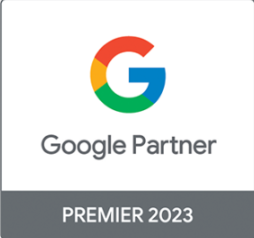What is Auto Apply?
Auto Apply is a feature within Google Ads that allows the platform’s artificial intelligence (AI) algorithms to automatically apply recommended changes to your ad campaigns. If you use Google Ads you may have noticed changes being applied to your campaigns. This is done by a Google Ads feature or tool called Auto Apply. This feature aims to help advertisers save time by making it easier to implement best practices and optimize campaigns for better performance.
Google’s AI systems analyze your campaign data and performance metrics to identify opportunities for improvement. These opportunities can include changes to keyword targeting, ad copy, bids, and budgets. Once the AI identifies an opportunity, it will automatically apply the recommended changes without the need for manual intervention.
The main advantage of Auto Apply is that it can save you time and effort. Instead of manually reviewing and applying recommendations, you can set up Auto Apply to do it for you. This can be useful if you’re managing multiple campaigns. Another benefit of Auto Apply is that it’s based on Google AI, which has access to a vast amount of data and can make recommendations based on trends and patterns that may not be immediately apparent to humans.
For example, Google AI can predict a rise in traffic in the near future and will ask you to raise your budget to counter that additional traffic.
Auto Apply can be turned off although you will still receive recommendations that you can review and apply manually.
On the recommendations tab, google will assign your campaigns an optimization score. This is an estimation of how well your Google Ads are performing, your optimization score can be viewed at the campaign, account and MCC level.
Each recommendation shows you how much your optimization score will be affected when and if you activate any of the recommendations. As you apply the recommendations you will notice an increase in your optimization score.
Best Practices for Dealing with Auto Apply
- Not all recommendations will be relevant or useful to your campaign goals, you need to apply a logical thought process when dealing with auto-apply. Focus on the recommendations that are relevant and are most likely to yield positive results on your campaigns.
- You need to monitor your campaign performance when using auto-apply to ensure that changes are always aligned with your goals. Setting clear campaign goals, tracking KPIs, segmenting your data, and reviewing your settings regularly will ensure that you get the best out of using Google’s Auto Apply.
- Incorporate auto-apply and manual optimizations into your strategy. Manual optimization can be time-consuming but allows you to have more control over your campaigns. Incorporating both into your Google Ads strategy can help you save time and make better strategic and data-based decisions.
Ultimately, whether you decide to use Google’s AI optimizations will depend on your advertising goals, experience, and preferences.
While auto-applied recommendations can be helpful for some advertisers, others may prefer to have more control over their campaigns and make manual changes. By understanding the advantages and disadvantages of Google’s AI optimizations, you can make an informed decision about how to manage your Google Ads campaigns.
If you need assistance with your strategy for Google Ads campaigns, feel free to speak to one of our paid media specialists.
Author : Dimpho Mohlolo



